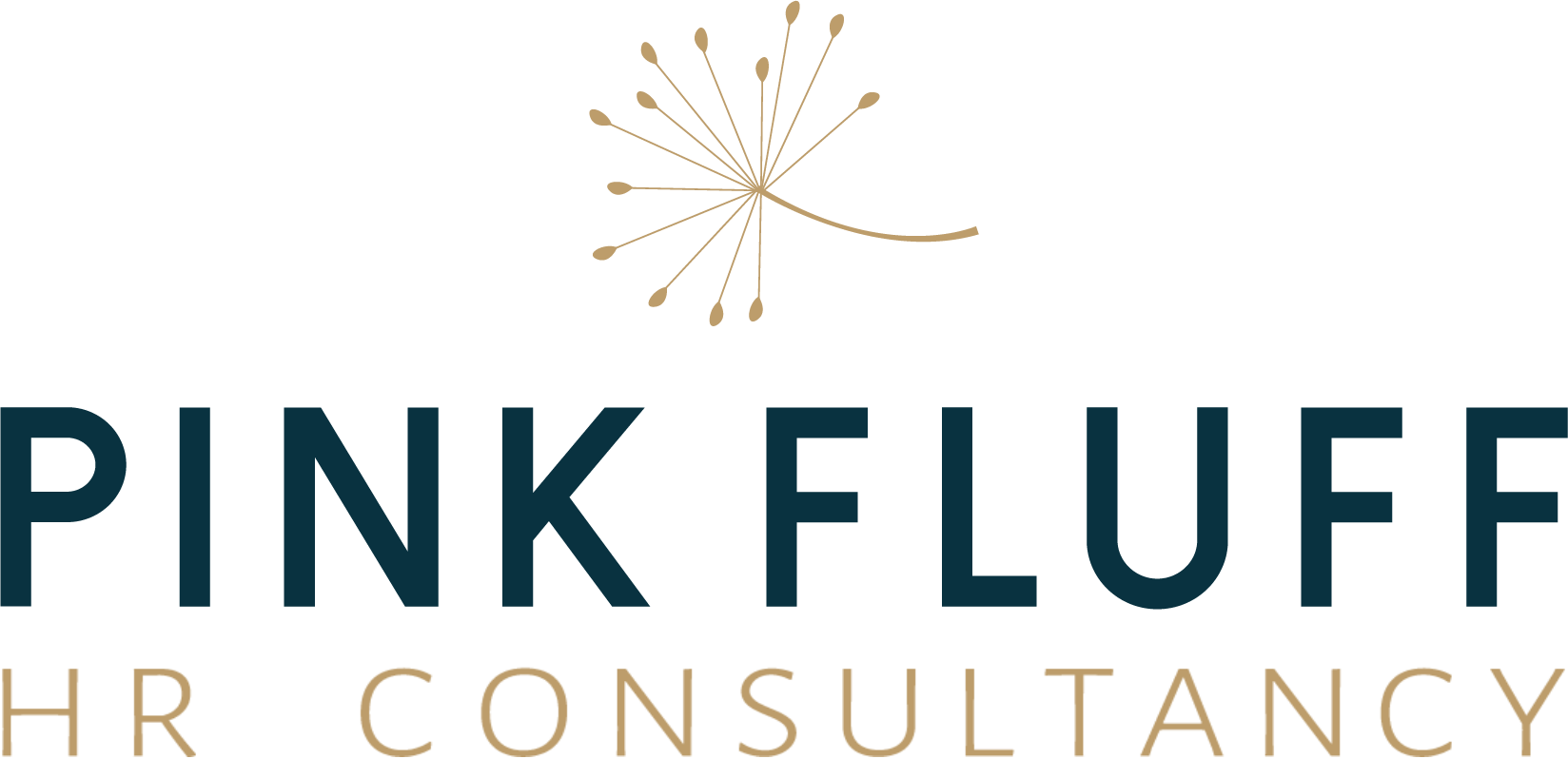Due to the reintroduction of lockdowns across Britain, shielding returned in England, Scotland and Wales. However, it has now been confirmed that it will once again be paused in the coming weeks.
As part of the Prime Minister’s roadmap out of England’s lockdown, it was announced that clinically extremely vulnerable people should continue to shield until the end of March 2021. This has been further confirmed by the Health Secretary, Matt Hancock, at a press conference on 17 March 2021. At this conference he clarified that shielding would end in England from 1 April 2021. He also announced that in the next two weeks letters will be sent to those on the shielding list asking them, even though shielding is ending, to keep social contact at a minimum and stay at a distance from others.
What is shielding?
Shielding was first introduced on 29 March 2020 for clinically vulnerable people as a measure to both protect said individuals and relieve pressure on the NHS at the peak of the pandemic. Those advised to shield were told to stay at home as much as possible and not to attend work, even if they were unable to work from home.
So, with this in mind, what happens now that shielding is ending again.
HR Considerations.
Organisations may be faced with further questions from affected employees about possible arrangements that can be made in light of their impending return to the workplace. We advise that organisations should:
- prioritise homeworking, where possible – the guidance in England remains that people who can work from home should do so. The review date for homeworking guidance is still unknown so organisations should prioritise this for as long as is necessary
- take the time to listen to employees’ concerns and act accordingly, in a manner that benefits both the employee and the business as a whole
- if homeworking is not possible, remember that the furlough scheme has now been extended until the end of September 2021 so consider putting affected staff on furlough. Organisations can do this if there has been a decline in business demand; otherwise, staff can be put on statutory sick pay
- if returning staff to the workplace is a necessity, publish risk assessments online that show measures the organisation is taking to prevent a coronavirus spread
- reassure staff who are shielding that the workplace is Covid-19 secure by communicating the reasonable adjustments put in place to protect them.
In the workplace, organisations can implement the following provisions before returning shielded staff to work:
- avoid face to face seating arrangements in the office by changing office layouts
- change shift patterns to reduce the number of staff on duty at any given time
- make virtual communications a means of conducting training or meetings
- put in place rules for managing social spaces/communal areas
- promote regular hand washing, sanitising and workspace cleaning
- being more attentive to staff mental health.
Reassuring staff
It is advisable for organisations to send out letters and/or emails (to personal email addresses) detailing each employee’s proposed return date, the steps being taken to keep them safe, and offer opportunities for employees to express any concerns that they may have – or to request alternative working options.
Constructive unfair dismissal may arise if an employee who returns to work is forced to resign because the employer has not reasonably supported their transition. Supporting an employee’s transition from having to shield to returning to the workplace can vary from ensuring that Covid-secure measures that especially protect those who are clinically extremely vulnerable are in place, to making sure they are kept up to speed with anything they may have missed whilst they were gone (to ensure that they can carry out their role effectively from that point onwards).
In summary
Organisations should prioritise homeworking, furlough, or statutory sick pay and take the specific circumstances of an anxious employee into consideration before taking the decision to return them to the workplace. Where there are multiple employees shielding, there cannot be a ‘one size fits all’ approach to returning them back to work as each employee will have different reasons for being concerned about returning – or some none at all. For example, one flexible working arrangement will not always work for everyone.
Organisations will have to communicate effectively with each affected employee to ascertain how best to move forward in ways that benefit both the employee and the wider business.

